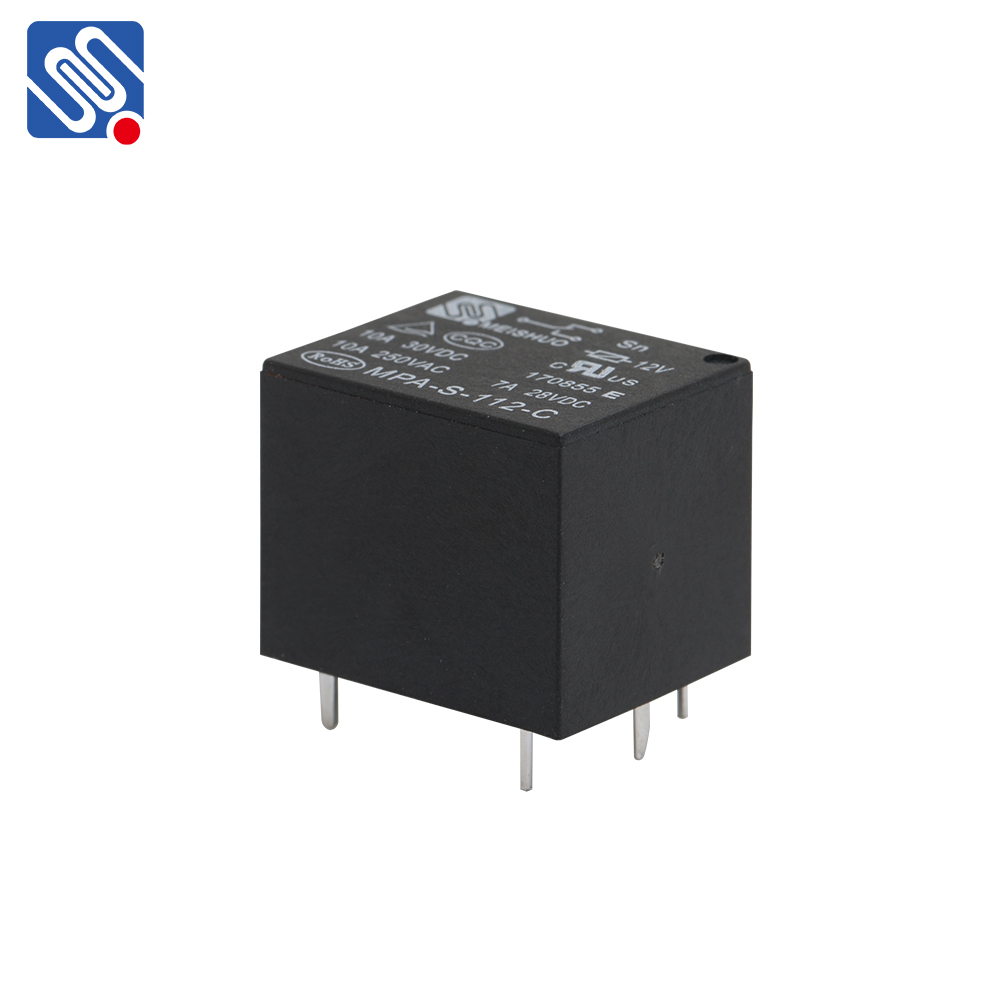Relay is a JavaScript framework developed by Facebook (now Meta) designed to streamline the process of managing data for React applications. Built to work seamlessly with GraphQL, Relay makes fetching, caching, and updating data more efficient. With its ability to optimize network requests and handle complex data flows, Relay is a popular choice among developers building large-scale, data-driven applications. This article will explore the core features of Relay, its benefits, and how it integrates with GraphQL to simplify frontend data management.

What is Relay? Relay is a framework that enhances React applications by providing a set of tools to manage data in a declarative, efficient, and scalable way. It leverages GraphQL to retrieve only the necessary data, which improves performance by reducing the amount of data transferred over the network. Relay can be seen as a data management layer for React, abstracting away much of the complexity involved in interacting with backend APIs and caching data. Key Features of Relay 1. Declarative Data Fetching One of Relay’s key features is its declarative approach to data fetching. In traditional React applications, developers manually fetch data and pass it down through props. With Relay, you declare exactly what data a component needs by using GraphQL fragments. This allows Relay to automatically generate the corresponding GraphQL queries to retrieve the data, which simplifies the data fetching process.